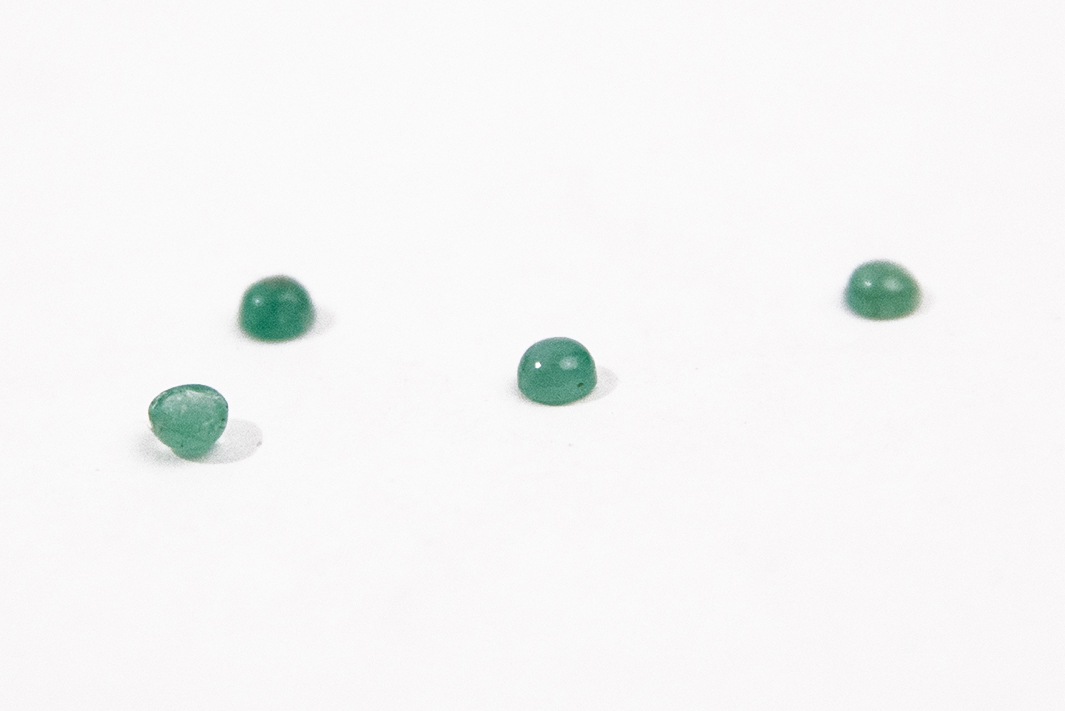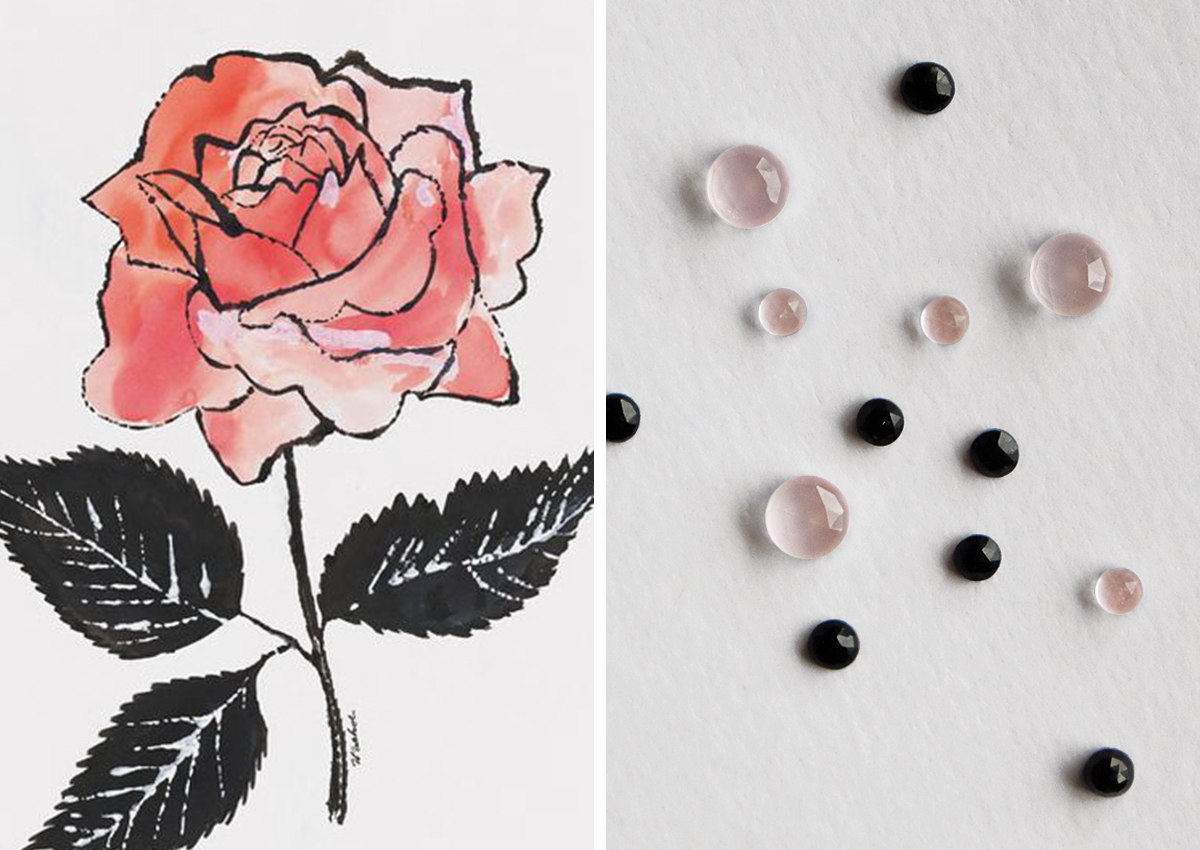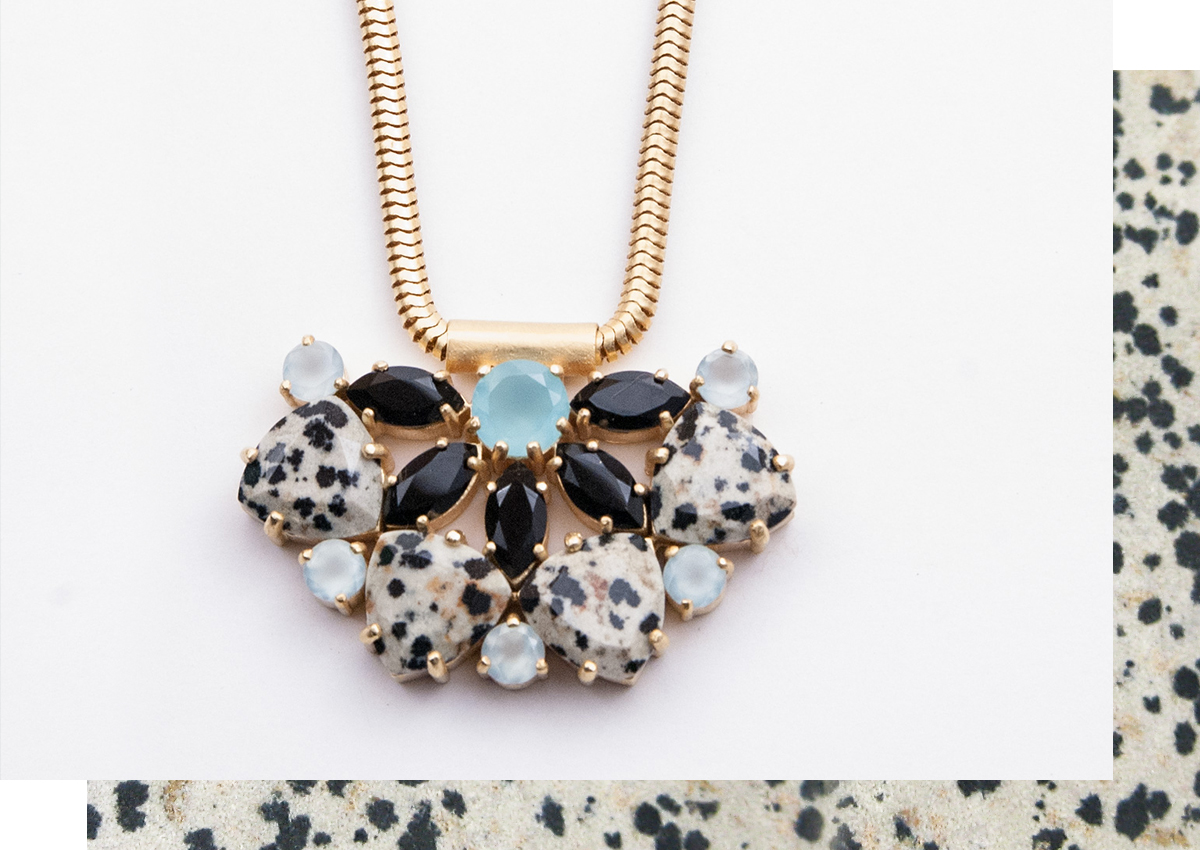Left: Still from Cleopatra (1963), 20th Century Fox/Photofest; Right: Emerald specimen, photo by Klaus-Peter Kelber.
I’ve always been fascinated by powerful women in history, and Cleopatra has to be top 3 on that list. She took Egypt from her younger brother and made herself queen; she had affairs with some of the most famous men in history (Julius Caesar and Mark Antony, no big deal); and she had an impressive collection of gems and jewels. (It’s entirely possible she was reincarnated as Elizabeth Taylor!)
But one of the stones most synonymous with Cleopatra is the emerald. She figured out way before anyone else that in order to command fear and respect, she had to look look the part of an impressive, heaven-sent ruler. And she did that by owning all the gems and constantly showing them off.
She scooped up all of Egypt’s mines for herself, using emeralds as her royal calling card, wearing and giving them as diplomatic gifts. The Roman author Lucanus wrote that her home was littered with emerald-encrusted objects, and that she adorned herself with so many that he wondered how she didn’t “faint beneath the weight of gems and gold” (#goals). She had so many that during her time, when you thought of Egypt you simultaneously thought of emeralds.
If you’re feeling as inspired as I am by this queen of Egypt, I highly recommend watching Elizabeth Taylor in Cleopatra (buckle up, though, it’s a 4 hour movie). Or, dive into more gemstone lore with Victoria Finlay’s “Jewels: A Secret History” where a lot of this incredible information came from.






